Fall may be my very favorite time of the year. After a long (long!) hot summer, the first cool days re-energize me. I’m ready for long autumn dog walks exploring both our favorite trails and ones we’re just discovering. Autumn dog walks have their own special beauty–but also their own hazards for our dogs. We’ve got the scoop on the fall pet safety tips you need to remember to enjoy this special time of the year!

Whether you are taking a dog walk on an autumn dog outing or just around the neighborhood, make sure that the memories you return home with are good ones. Here are our top tips for making sure your fall dog walks are safe ones:
Check Your Equipment
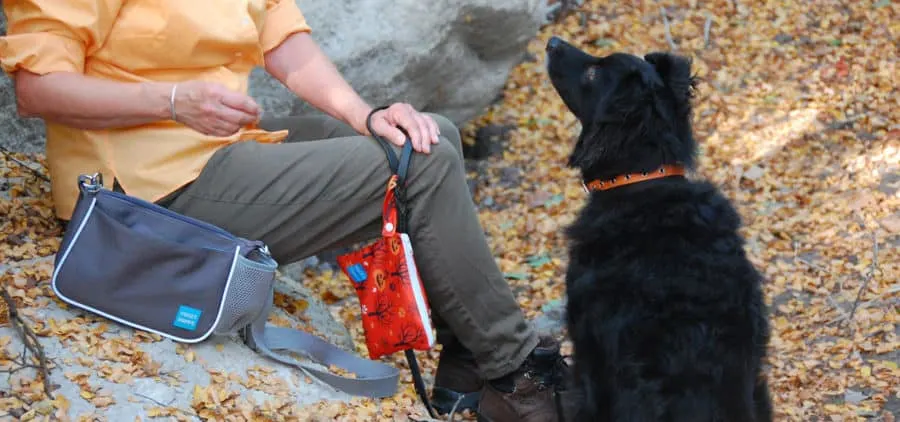
After a long summer of swimming and washing your dog’s collars and leashes, take a moment to make sure they’re safe and secure.
- Check fabric for weak spots or tears.
- Check leather leashes for cracks.
- Check hardware and make sure all’s working.
- Give every leash and collar an extra-strong pull (just secure the collar and leash to a fence post and suddenly pull as hard as you can.)
If you have multiple dogs, make sure one of your dogs hasn’t chewed on your other dog’s collar. (This was a favorite trick of Irie and Tiki’s when they were adolescents!)
Watch for Snakes
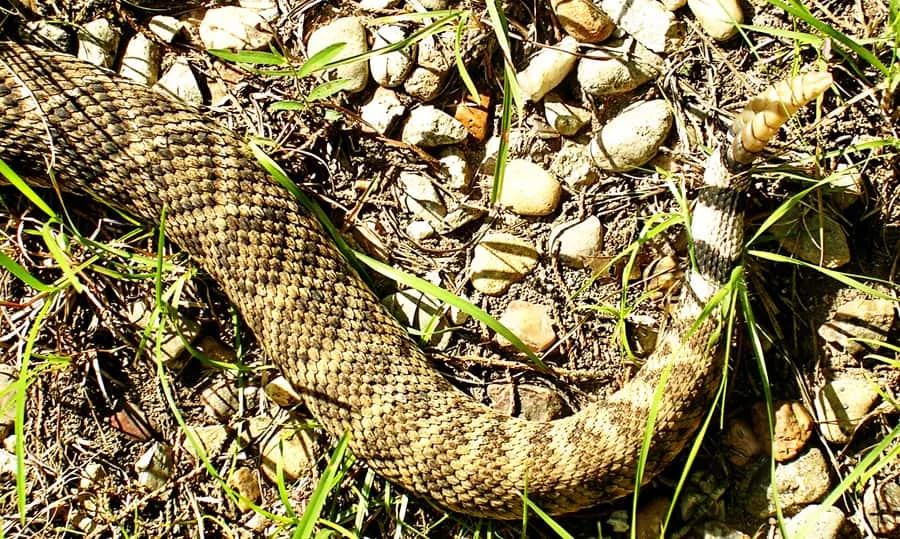
Fall means snake season!
Here we have a constant eye out to avoid our four venomous snakes: rattlesnakes (above, just outside our yard), coral snakes, water moccasins, and copperheads.
You may get lucky and get a rattling warning from a rattlesnake. A rattling rattlesnake sounds much like a commercial lawn sprinkler. But, again, you may not get any warning from a rattler–and you won’t get a warning from other snakes.
Keep your dog near you on walks so that you can see where you’re both going. I use a 4-foot leash but I know many prefer long leashes but keep it to six feet at a maximum so that you can see where you’re both stepping.
“Taking your furry friend along to explore new trails can be great exercise—but it’s important to be aware of the potential dangers you may encounter along the way,” said John D’Ariano, president of nonprofit National Association of Professional Pet Sitters (NAPPS). “Keep your pet pal close at all times by limiting his leash length; doing so will ensure safety while out on the trails.”
Some narrow trails make it almost impossible for your dog to heel so a shorter leash makes it easier to see danger ahead and react.
Many snakes like to lie beside trails, not in the middle of them, as they wait for mice and small prey to come by.
Watch for Mushrooms
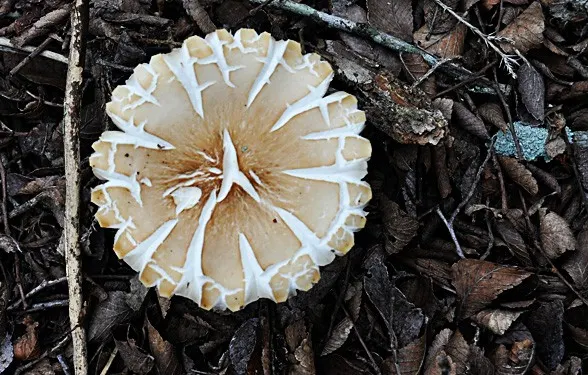
We keep mushrooms pulled from the yard but, when you’re off exploring, your dog may come across mushrooms.
Try to keep your dog away from any mushrooms and assume all are toxic; if you see your dog eat one, take a photo of any surrounding mushrooms and call your vet.
Keep an Eye Out for Rodent Poison
Some households are plagued by mice and rats when the weather turns cool; they may leave out poison for rodents. We’ve also often seen rodent poison traps (usually black boxes) outside hotels and other commercial areas.
Keep your dog away from all rodent poison as well as poisoned rodents; both are extremely hazardous to your dog.
If you suspect your dog has ingested either poison or a poisoned rodent, contact your veterinarian immediately.
Watch for Tarantulas
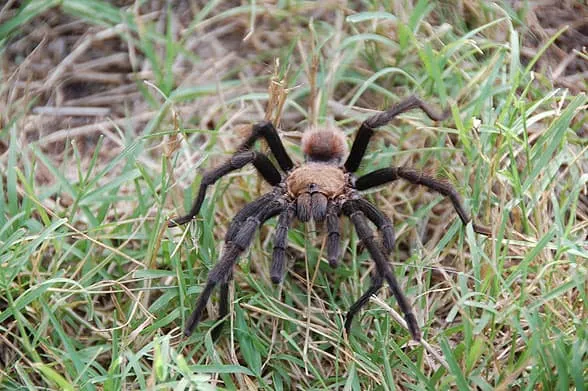
Many of you don’t have to worry about these hairy spiders but they are a common autumn sight here, like this beauty seen along our walking path.
While they’d rather flee than fight, they can give your dog a nasty bite.
Keep your dog away from them, be aware that they can jump, and, if your dog is bitten, call your vet.
Watch for Mistletoe
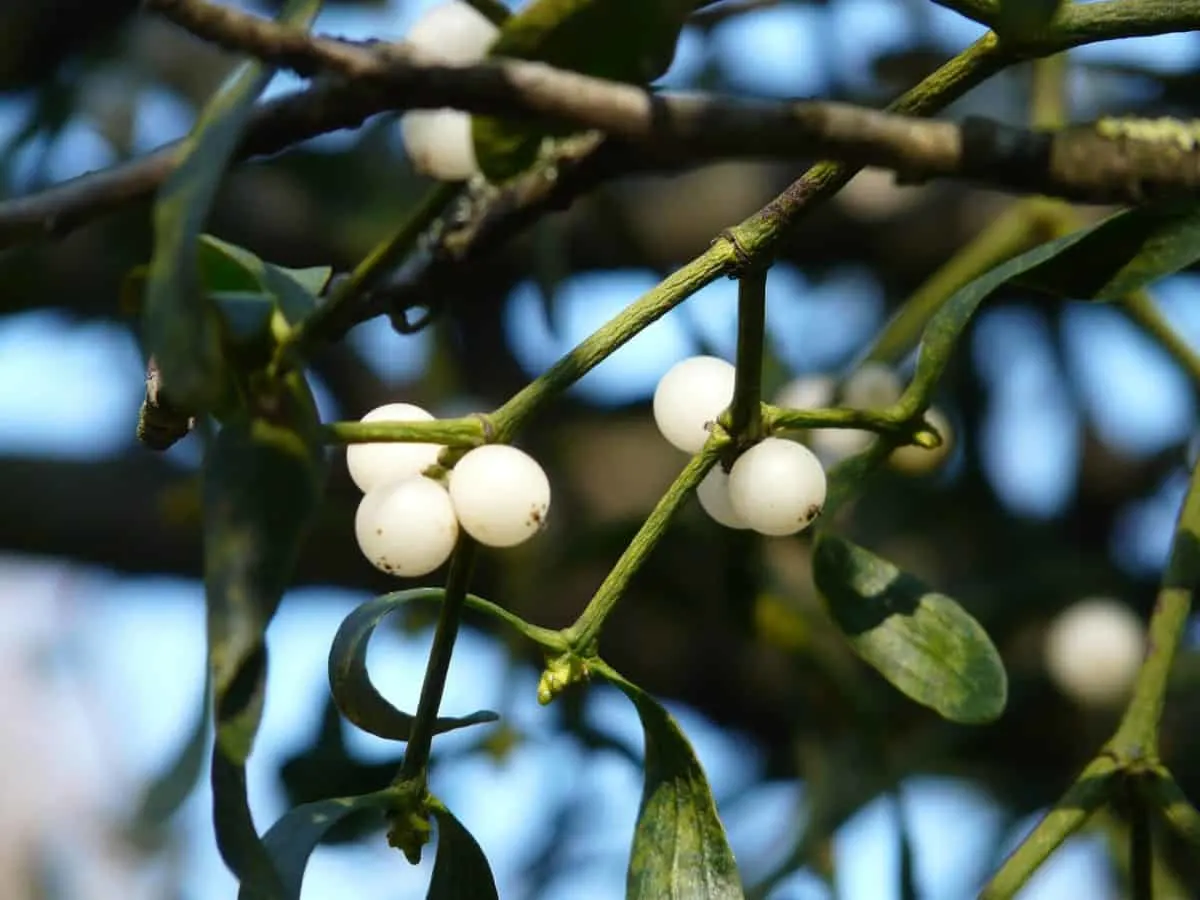
You might associate mistletoe with the holiday season but it will be found with berries in the fall months.
Different areas have different types of mistletoe (both American and European varieties) and the danger to your dog varies by the type he eats and the amount.
Know Your Local Hunting Seasons
Problems can range from an upset stomach to liver failure and seizures. Play it safe and watch your dog closely on walks beneath trees with mistletoe berries.
If you’ll be heading off in the woods, be sure you know your local hunting seasons, which may vary by county. Be sure that both you and your dog stay safe walking in hunting season.
Early morning and evening hours are typically the most worrisome so plan your walks accordingly.
Keep an Eye Out for Antifreeze
Fall means it’s time for many people to change the antifreeze in their cars in preparation for the cold weather just around the corner.
Antifreeze is deadly to dogs so be sure you never let your dog drink from puddles in driveways, parking lots and other places that could contain antifreeze.
Keep an Eye Out for School Supplies
Yes, autumn means back to school so whether it’s school supplies in your house or lost along a dog walking route, keep an eye out for them. “Fall is back to school time, so make sure your children’s school supplies, i.e. pens, magic markers, paints, glue and glue guns, etc. are out of your pet’s reach,” reminds animal behaviorist Dr. Diane Pomerance. “They can cause digestive and intestinal problems if consumed.”
Watch for Autumn Crocus

This beautiful plant–a member of the lily family–flowers in the fall months; its bulbs are toxic to dogs.
Slowly Acclimate Your Dog to the Changing Season
Dr. Pomerance reminds dog lovers to “gradually expose and increase your pet’s exposure to the colder weather and don’t leave him outside in uncomfortably cold weather for any length of time. Moderate his activity and monitor the amount of time he spends outdoors.” Just like us, it can take a while to get used to the cooling temperatures!
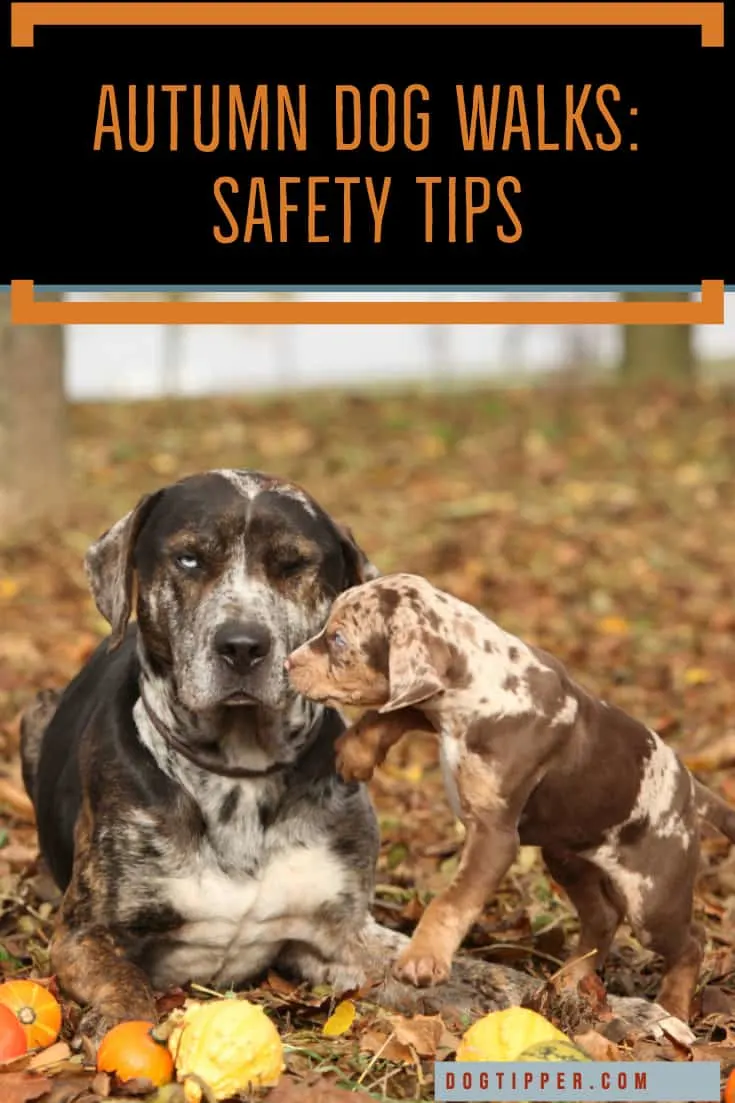
- Review: Jimmy BX7 Pro Anti-Mite Vacuum Cleaner - December 16, 2024
- 🎉 GIVEAWAY: Lord of the Pets Portrait of Your Dog! - November 26, 2024
- Review: Lord of the Pets Portraits - November 17, 2024
